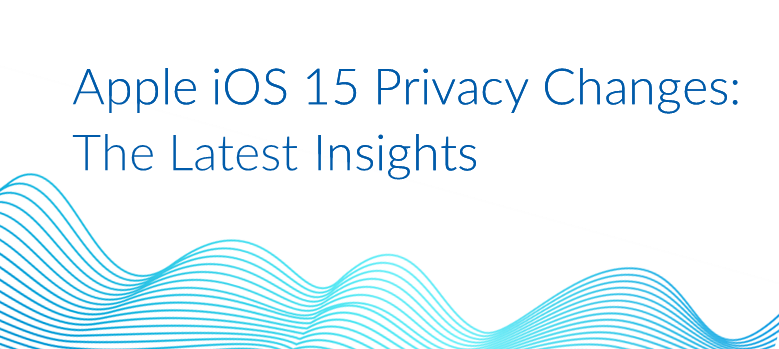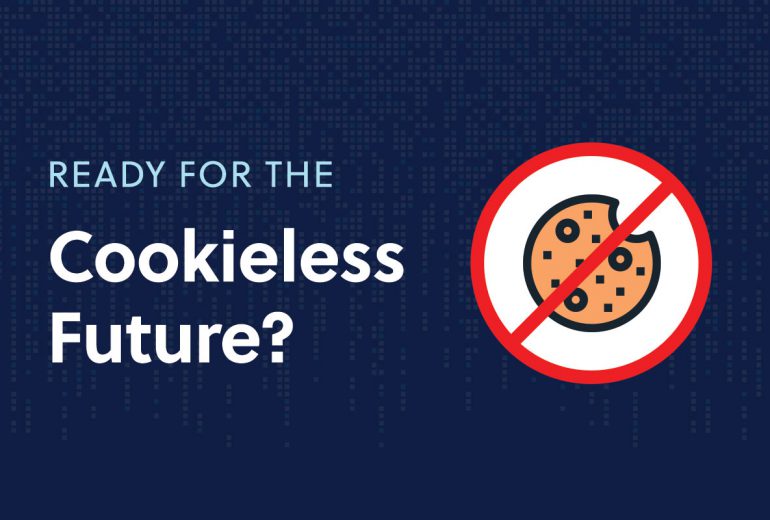In late summer, we provided an overview of Apple’s Mail Privacy Protection (MPP), a feature that debuted with the launch of iOS 15, to provide our point of view and educate our clients regarding the feature’s scope and potential impact on email marketing.
At that time, we were forecasting fast adoption rates of iOS 15 and likely high opt-in to MPP. However, despite that, we predicted this latest privacy change would not present fundamental challenges to email marketing. Rather, it would merely force publishers and marketers to adapt to a new normal. After all, the iOS 15 changes do not affect our email offering, only first- and third-party’s ability to measure opens for Apple audiences.
In BulletinHealthcare’s case, our long-term email open rates are high – 42% average gross across the network – and very stable both in the short- and long-term. We have the attention of HCPs. Given that the user experience isn’t changing one bit, HCP behavior and engagement wouldn’t be expected to change, either.
Since our last post, Apple officially launched iOS 15 on September 20th and our data science team has been feverishly working to identify iOS 15 MPP users, monitor trends in open rate behavior, perform testing, and conceptualize and implement changes to our metrics reporting to make them more accurate.
Our current assessment hasn’t changed all that much in light of everything we now know. Below you will find new information and details we’ve uncovered from our internal testing and analysis.
What We Now Know
Clicks are unaffected by the update and iOS 15 devices can be identified reliably.
The purpose of MPP is to obfuscate open activity by loading all email content to Apple servers. Clicks will still need to be initiated by the user and come through a user’s device directly. We have conducted several tests with click data and, in all cases, we saw a correctly identified device type, operating system, and operating system version.
iOS 15 hides under a generic user agent: “Mozilla 5.0/” in open data.
We’ve conducted several internal tests with our own devices. In all tests involving iOS 15, the user agent string was equal to Mozilla 5.0/. This is a very generic user agent that can be used for anything. Luckily enough, typically this user agent rarely appeared in our impression data (well under 1% of all cases) until the release of iOS 15. We’ve been tracking the share of weekly opens coming from this agent since the moment we discovered it (July 2021), and the adoption rates do indeed correspond to the patterns of adoption of new iOS versions that we have seen in the past.
The chart below shows the weekly increase in the share of opens registered from the generic user agent (Mozilla 5.0/), which we attribute to iOS 15. As of October 29th, 22% of total opens across the BulletinHealthcare network are attributable to this user agent.

Aside from the user agent string, all other fields that could be used to identify device and platform appear as ‘unknown.’ This means:
- Device type (mobile vs desktop) cannot be identified;
- Device iOS and make cannot be identified.
User strings containing ‘iPad OS X’/’iPhone OS X’ 15.0 in the open/impression data may likely be bots.
While we don’t know this for sure, we have a few reasons to suspect that whenever iOS 15 devices are explicitly identified as such by their user string in case of impressions/opens, we are looking at bot activity.
First, none of the impressions we generated during numerous tests had a user string that would explicitly identify an iOS 15 device, regardless of MPP and Wi-Fi settings.
Second, it’s easy to forge a user agent, and bots have a compelling reason to do so. In the past, bots could be caught by looking for impressions coming from obscure outdated user agents. Over time, bots got smarter and began using the most recent user agent strings to avoid being detected.
Third, when we compare impression data from the generic user agent (Mozilla 5.0/) and those explicitly identified iOS 15 devices (share of opens, adoption rates), we see that the adoption rate is too slow given that almost half of our opens come from iOS devices, and that the data coming from the generic user agent fits the typical adoption rates for new iOS versions much better.
Impressions attributable to the generic user agent and the explicitly identified user agent spiked around September 20th, when iOS 15 was released to the public. However, the spike for the explicit iOS 15 agent was too small (only a couple thousand impressions). This simply can’t be true given how many iOS users we have.
Not all impressions coming from iOS 15 devices are invalid.
Our test data was consistent with data reported by other testers. iOS 15 devices do not download emails in the background when Wi-Fi is off. That means that for users whose devices are on cellular data, no invalid opens will be registered.
Auto-fetches happen in batches and are not triggered by email delivery.
We looked at the impression data coming from users who receive two different BulletinHealthcare briefings. Simultaneous opening of both briefings was a relatively rare event, and it disproportionately happened among users with the Mozilla 5.0/ user string (what we suspect to be iOS 15). At the same time, cases when the delivery timestamp is equal to the open timestamp were even more rare, and disproportionately happened with desktop Outlook devices.
iOS 15 effect on outside-of-country (OUC) impressions remains unclear.
According to Apple, IP addresses are masked at the regional level, but we don’t know what the region means (country or state). So far, we’ve seen countries being identified correctly, but this might pose an issue with regions close to borders (e.g. US states bordering with Mexico and Canada).
Implications for Metrics Reporting
Overall, has your platform noticed an impact to date?
As of October 29th, we estimated that about 22% of our opens are coming from the new iOS, and only some of them are invalid (due to the MPP and Wi-Fi requirement). We are currently in the process of developing and refining models that would calculate the share of those automated opens.
Overall, looking at the weekly gross open rate trend over the last few months, the increase appears to be within 2-4 percentage points.

Can PII/PLR reporting include a breakout of device type?
Yes, this is possible; however, client data science teams should be careful interpreting the results.
As discussed earlier, device type, operating system, and operating system version for the actual iOS 15 devices will show up as ‘unknown,’ whereas impressions from devices explicitly identified as iOS 15 are likely to come from non-iOS 15 devices.
We would suggest either using an additional field that would mark suspected iOS 15 devices or replacing the ‘Unknown’ fields in case of the Mozilla 5.0/ user agent with ‘Mobile – iOS 15.’
We will continue performing tests and analyzing our database to better understand iOS 15 Mail Privacy Protection. As we learn more, we will be sure to keep you posted on insights we uncover on how Mail Privacy Protection impacts BulletinHealthcare and its advertising clients. Please don’t hesitate to reach out to us at advertise@bulletinhealthcare.com to discuss any questions you may have.

Manager, Data Insights & Analytics




